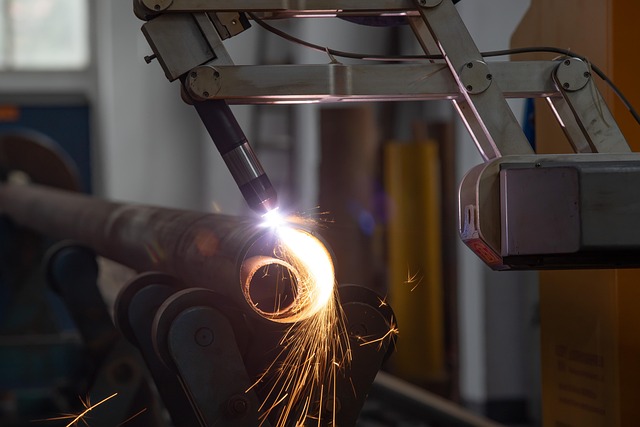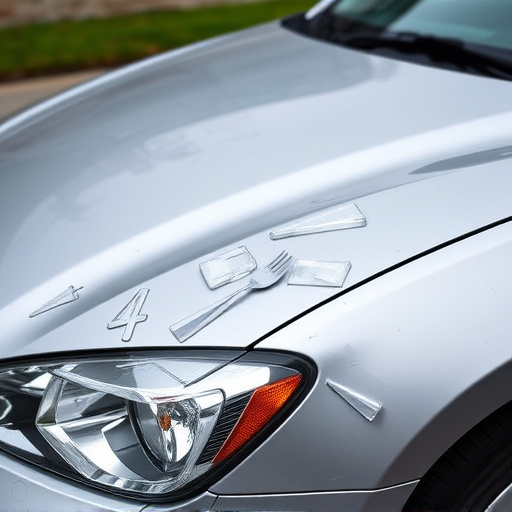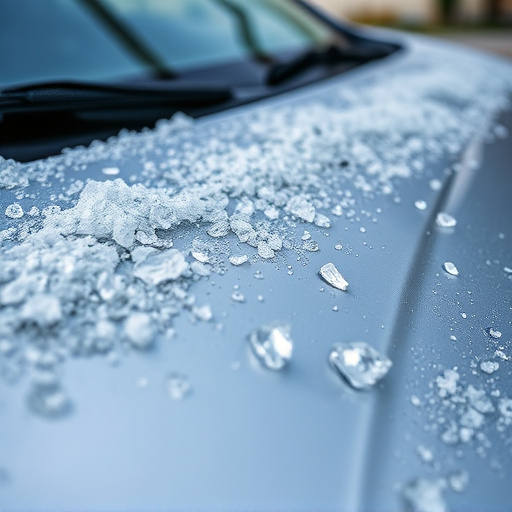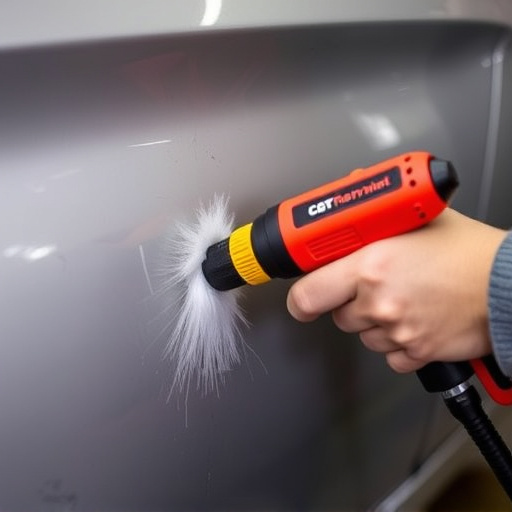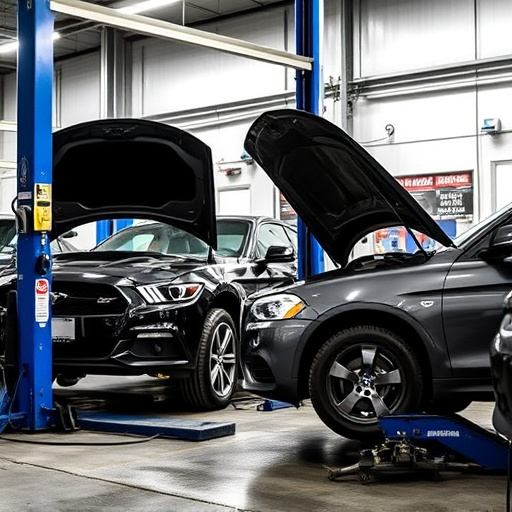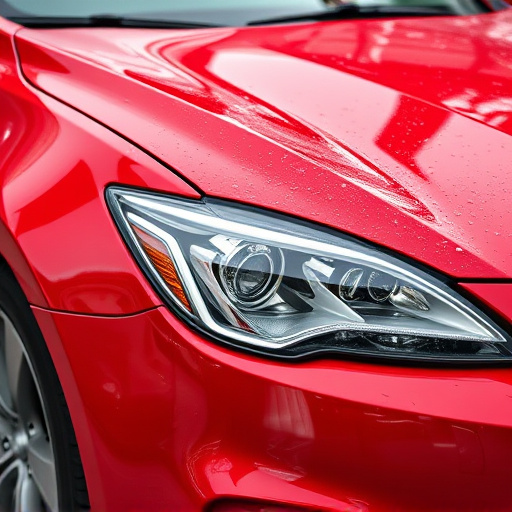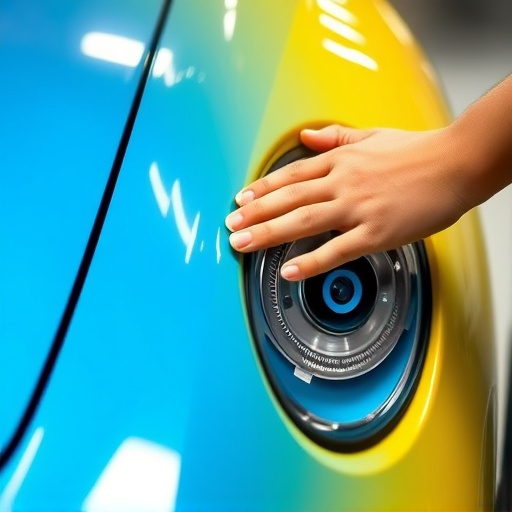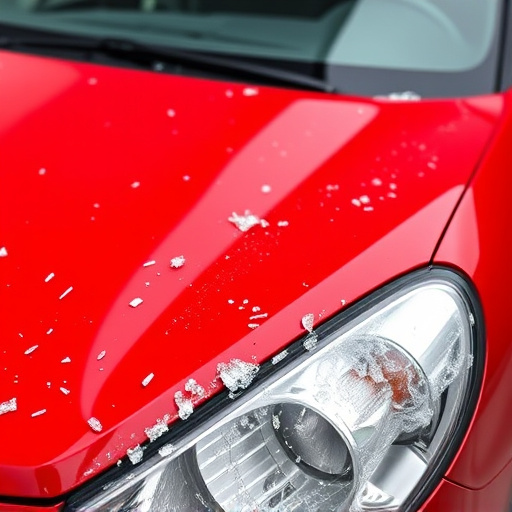Curing time for window tinting after replacement is key to quality and longevity, enhancing protection against UV rays while preserving historical accuracy in classic car restoration. Optimizing conditions with clean workspace, ideal temperature (70-80°F / 21-27°C), low humidity, and high-quality products speeds up drying. Avoiding common mistakes like disturbing the tint within 24 hours ensures a long-lasting, clear, professional finish for window tinting after replacement.
“Uncover the art of perfecting your window tinting after replacement with our comprehensive guide. Discover seven powerful secrets to curing time efficiently, ensuring optimal results. Learn how understanding the cure time process and optimizing conditions can accelerate drying, leading to a long-lasting and professional finish. Avoid common mistakes post-application and master the art of tinting for a seamless transformation. Elevate your window tinting experience with these invaluable insights.”
- Understanding the Cure Time Process
- Optimizing Conditions for Fast Drying
- Common Mistakes to Avoid Post-Application
Understanding the Cure Time Process
The cure time for window tinting after replacement is a critical phase that often goes unnoticed but significantly impacts the quality and longevity of the installation. It’s more than just letting the tint dry; it involves a chemical reaction that enhances adhesion, ensuring the film fuses seamlessly with the glass. This process is crucial, especially in the automotive repair sector, where precision and safety are paramount.
During cure time, the tint film undergoes a transformation, hardening and becoming less susceptible to damage or discoloration. It’s this phase that makes the difference between a mere coating and a durable, protective layer. In classic car restoration, for instance, understanding and respecting cure times is essential to preserve historical accuracy while enhancing visibility and protection against harmful UV rays. The art of window tinting after replacement lies in balancing these factors, ensuring not just an aesthetically pleasing finish but also a functional one that meets modern-day demands.
Optimizing Conditions for Fast Drying
Optimizing conditions for fast drying is a key step in ensuring efficient window tinting after replacement. The process can be significantly accelerated by maintaining a clean and well-ventilated space, as dirt or dust particles can slow down the curing process. Temperature plays a crucial role; ideal conditions are between 70-80°F (21-27°C) with minimal humidity. This is why many professional collision repair centers and car repair shops invest in controlled environments to ensure consistent results.
Additionally, using high-quality tinting products from reputable manufacturers can make a significant difference. Top-tier tints often contain advanced curing agents that facilitate faster drying without compromising quality or durability. In the world of window tinting after replacement, understanding these factors is essential for achieving optimal results in a collision center or car repair shop.
Common Mistakes to Avoid Post-Application
After a window tint application, whether it’s during a routine upgrade or following a fender bender and collision repair services, there are several common mistakes to avoid. One of the most frequent errors is not allowing enough time for the tint to cure properly. Many people rush into their daily activities straight after application, thinking that the film is immediately secure. However, the curing process involves molecular bonding, which requires patience; hasty movements could lead to bubbles, wrinkles, or even a poor bond strength.
Additionally, it’s crucial not to touch or disturb the newly applied tint for at least 24 hours. Fingerprints and other contaminants can compromise the adhesion, causing premature fading or peeling. Remember, proper preparation and a calm attitude post-application are key to achieving a long-lasting, clear, and professional finish—ensuring your window tinting after replacement serves its purpose for years to come, without the need for frequent dent removal or repairs.
Curing time is a critical phase in the window tinting process, especially after replacement. By optimizing conditions for fast drying and avoiding common mistakes, you can ensure your tinted windows remain clear, durable, and aesthetically pleasing. Remember that understanding the cure time process is key to achieving the best results in window tinting after replacement.

